
Grades:
9th Grade, 10th Grade, 11th Grade
A common challenge in Thermodynamic Chemistry is how do endo vs. exothermic reactions FEEL. Students will conduct three different chemical reactions to collect data and observations about the
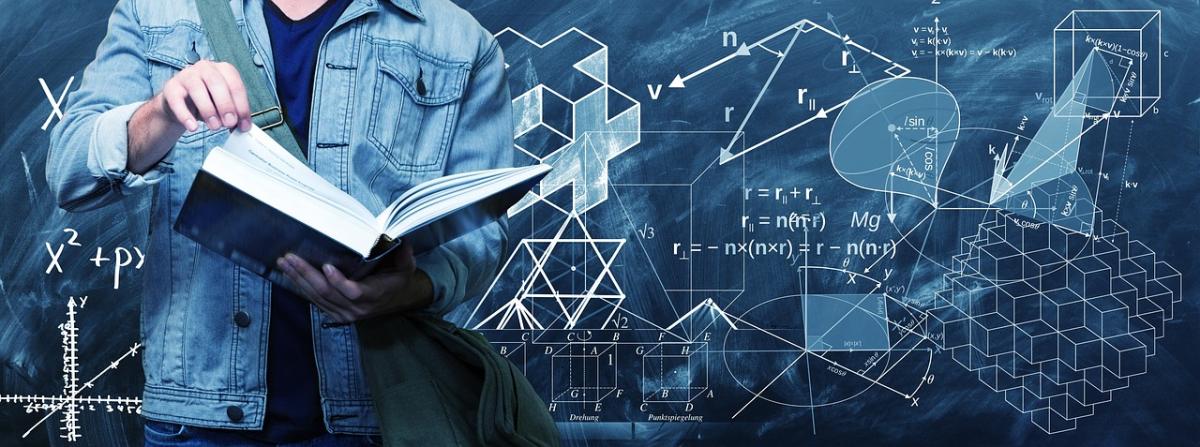
Grades:
7th Grade, 8th Grade, 9th Grade
I recently extended my lesson on my homesite lease, which involves land plots on the reservation. I covered the process of designing our land plot, including drawing elements such as homes, corrals

Grades:
9th Grade
For hundreds of years, people have harnessed moving air (wind) to do work. The earliest forms of wind-powered machines were sailboats. Wind pushing against the sails of a boat provided the energy to

Grades:
9th Grade
This is a lesson plan for an activity that is used to teach meiosis. Students learn about various stages of meiosis and how it leads to variation.

Grades:
6th Grade, 7th Grade, 8th Grade
This is a lesson designed for Edison Robots. Students will use the EdCreate kit to engineer the robot into an EdTank cotton ball launcher which represents a robot that assists in firefighting

Grades:
6th Grade, 7th Grade, 8th Grade
This is a lesson designed for Edison Robots. Students will collaborate in small groups to complete the challenge of coding the robot to represent a train with automatic headlights. A successfully

Grades:
9th Grade, 10th Grade
This multi-day lesson requires students to collect data on cellular respiration and photosynthesis. This data-intensive exercise involves the use of CO2 sensors and biochambers. The experiments
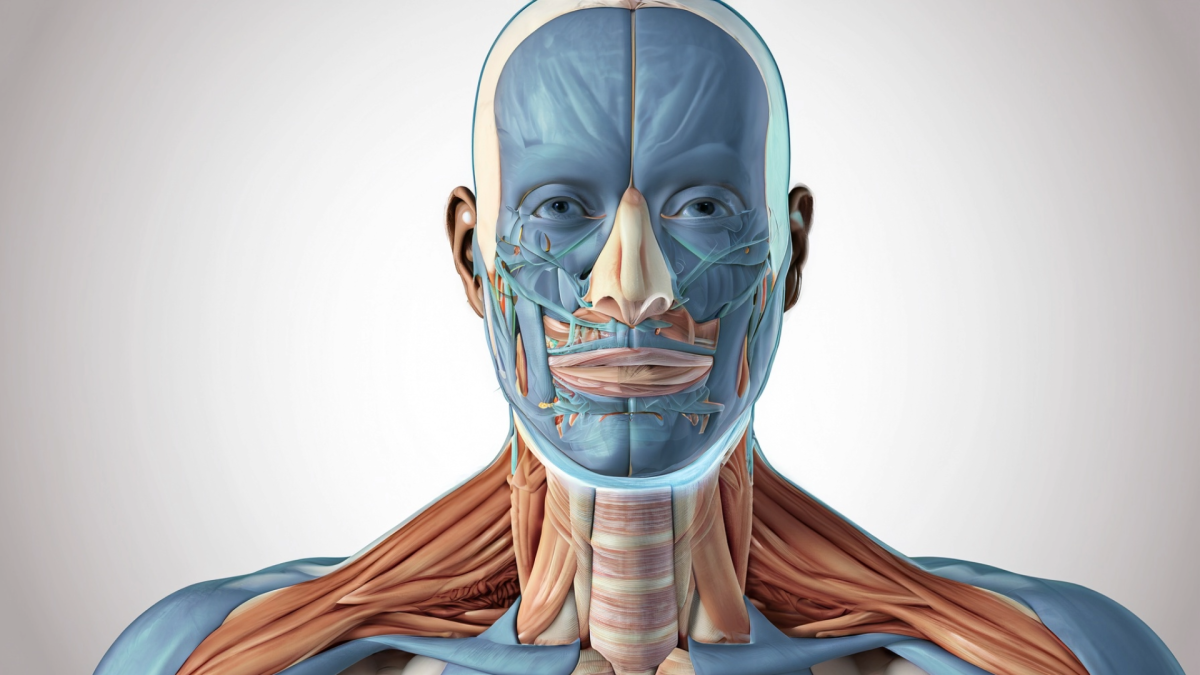
Grades:
9th Grade, 10th Grade, 11th Grade, 12th Grade
This STEM Argumentative Research Project engages students in exploring the scientific, ethical, and societal implications of themes in Mary Shelley's "Frankenstein." Students will work in groups to

Grades:
7th Grade, 8th Grade, 9th Grade, 10th Grade, 11th Grade, 12th Grade
Students will apply principles of design, engineering, and mathematics to create a physical or digital labyrinth inspired by the myth of Theseus. This project integrates STEM concepts with literature

Grades:
9th Grade
This hands-on lesson plan includes a lab that can be done to understand cell membrane properties. Students will provide evidence to support the claim that all biological systems demonstrate some

Grades:
9th Grade, 10th Grade
In this lesson, students use microscopes to find cells in the different stages of the cell cycle.
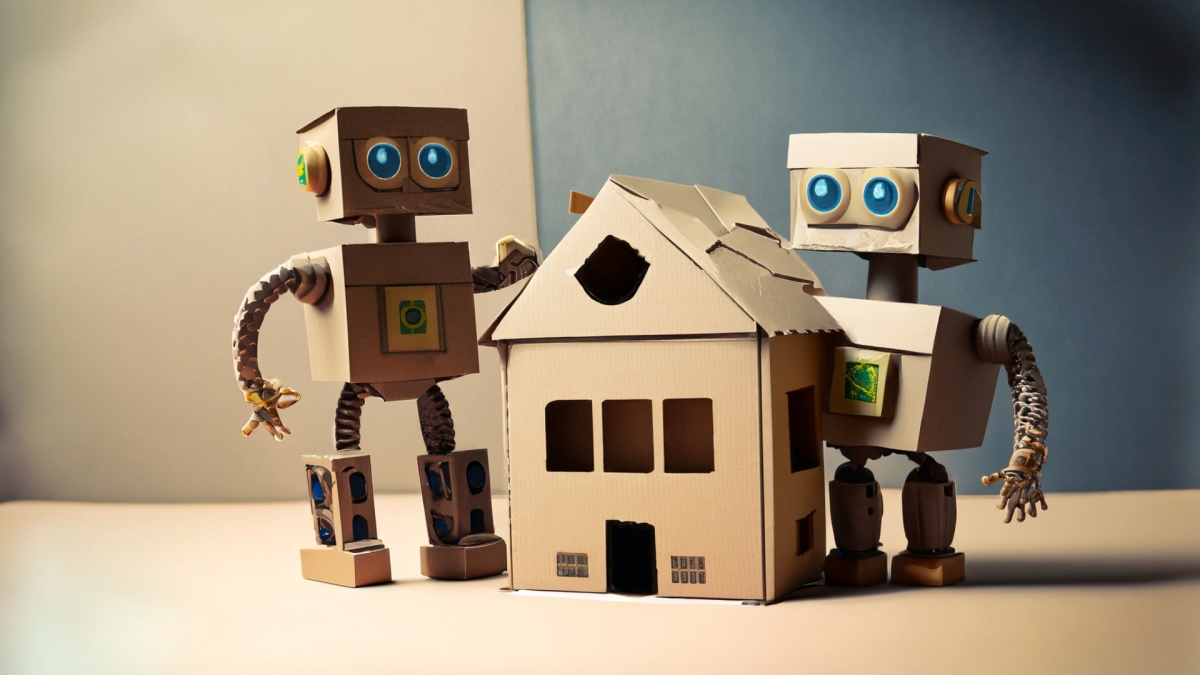
Grades:
5th Grade, 7th Grade
This lesson is all about force and the influence it has on the motion of an object. In this lesson plan, students will be challenged to design a sturdy paper human house that can withstand force (wind

Grades:
5th Grade, 7th Grade
This is a project to be used possibly at the end of a unit on Newton's Laws with discussions of how his laws apply to the painting and the motion of the pendulum. It can also lead to discussions of
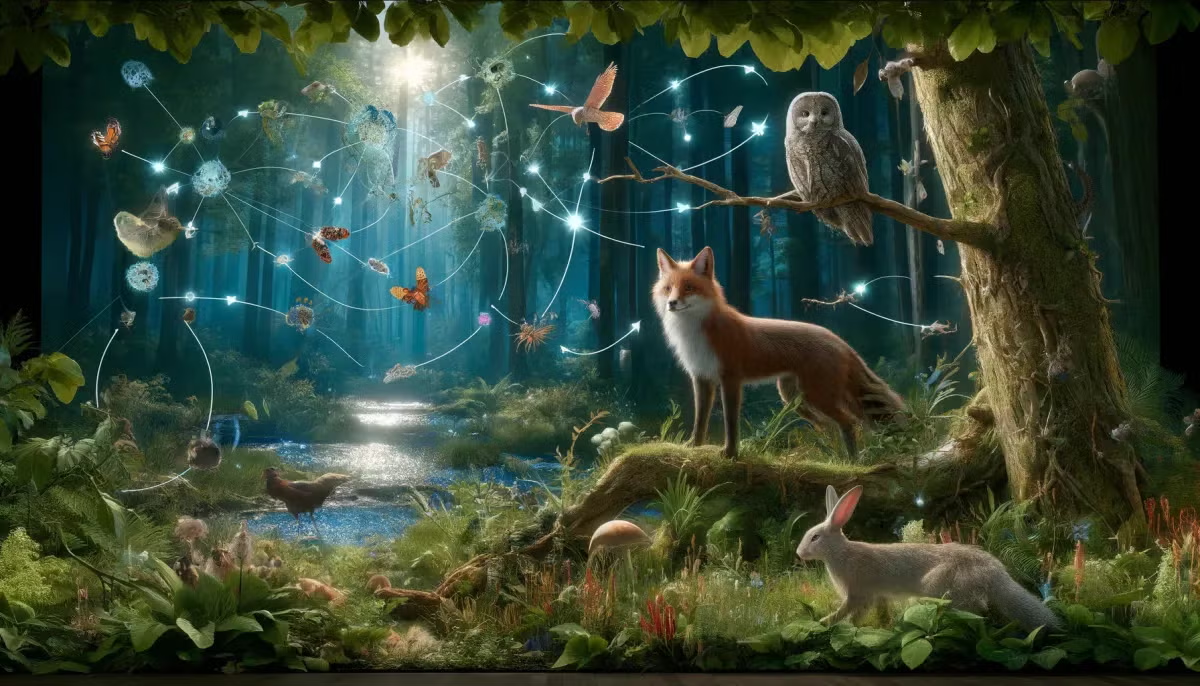
Grades:
9th Grade
In this lesson plan students will explore and use a digital graphic design tool to design a creative comic skit about actual keystone species and their importance to their specific environments. This

Grades:
9th Grade, 10th Grade, 11th Grade, 12th Grade
This is a 6-week lesson plan for high school students designed to measure and then increase the bat population in the field behind our school. This can be used in any area where bats populate, as long

Grades:
9th Grade, 10th Grade, 11th Grade, 12th Grade
This is a high school level project that covers food webs, nutrition cycling, and human intervention in ecosystems. This gives students a hands-on, real-world look at a water system in their backyard.
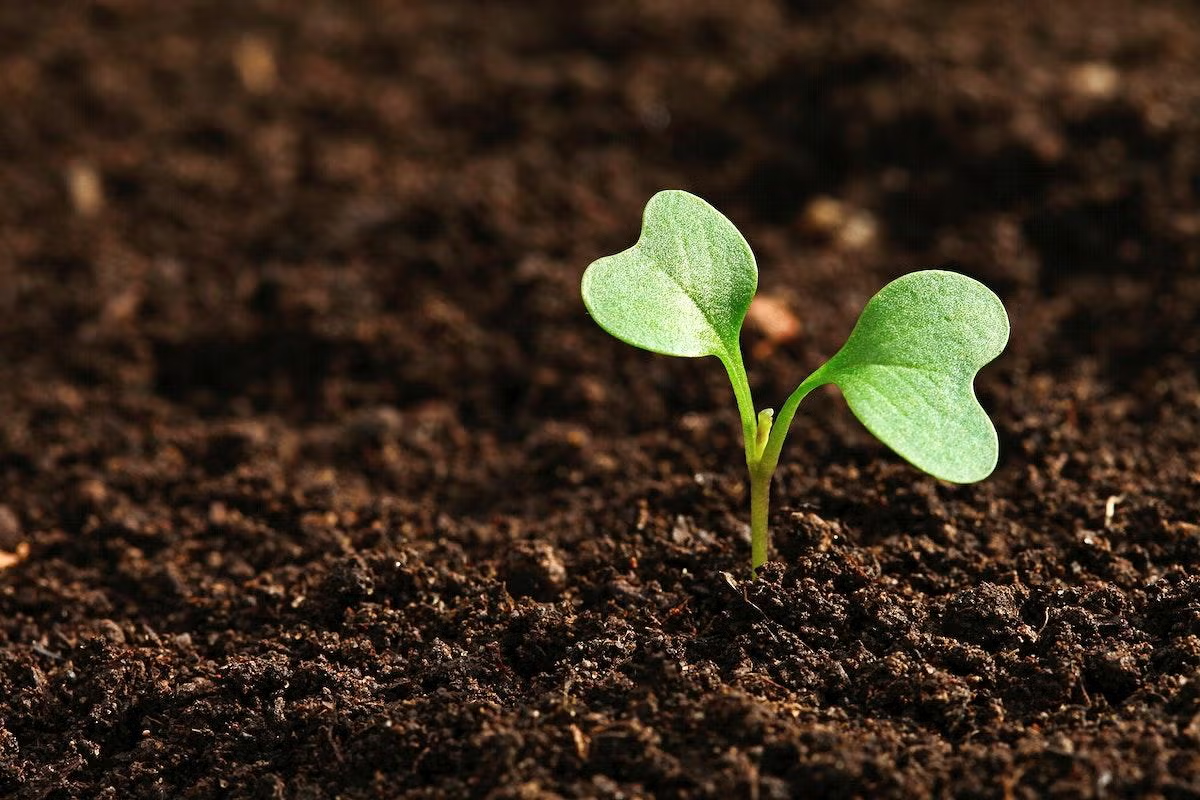
Grades:
9th Grade, 10th Grade, 11th Grade, 12th Grade
This lesson is designed to introduce the concept of composting and its importance for sustainability and waste reduction. This lesson takes place in a classroom and school garden for two or more weeks
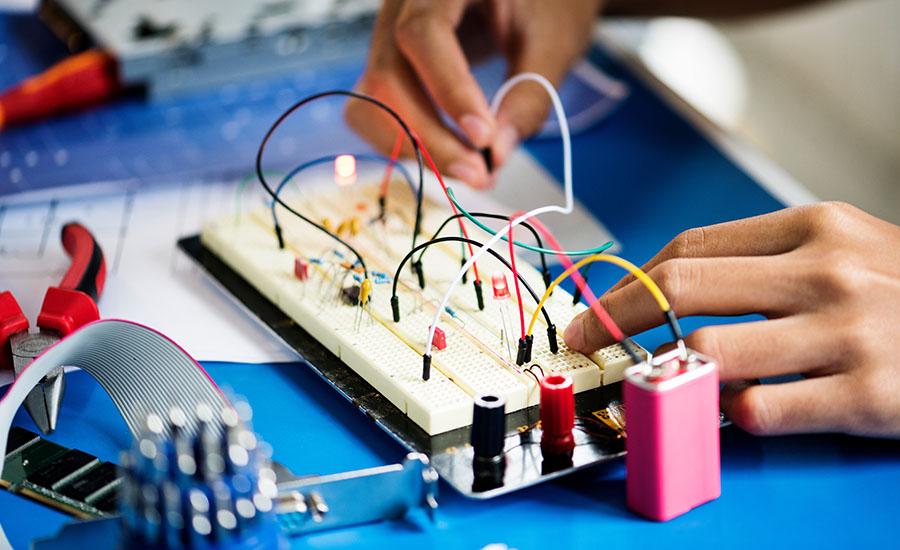
Grades:
7th Grade, 8th Grade, 9th Grade, 10th Grade, 11th Grade, 12th Grade
This is an overview of Electronic Circuits, using TinkerCad to learn how to change components, add wires and connect a circuit. Three online simulation lessons are provided with the option to continue
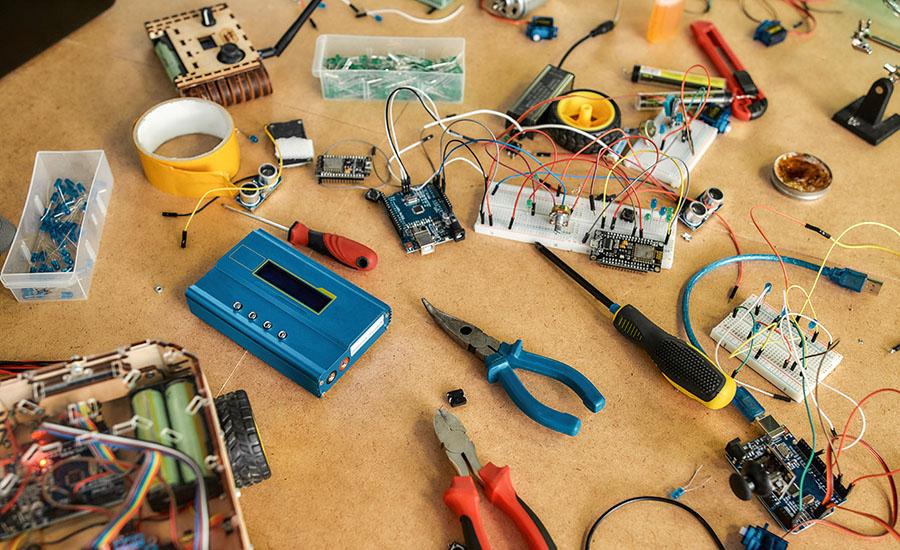
Grades:
3rd Grade, 4th Grade, 5th Grade, 6th Grade, 7th Grade, 8th Grade
In this engaging and hands-on lesson, students will be introduced to the fundamental concept of microprocessors, often referred to as the "brains" of electronic devices. Using Micro:bits, a versatile

Grades:
3rd Grade, 4th Grade, 5th Grade, 6th Grade, 7th Grade, 8th Grade
In this engaging and hands-on lesson, students will explore the intersection of art and technology by designing and constructing a marker holder for a robot, allowing it to create artwork. Using the

Grades:
9th Grade, 10th Grade, 11th Grade, 12th Grade
Students go to four different stations to observe how pressure, temperature, and volume interact to affect the behavior of gases. They will also utilize math skills for some of the stations in this
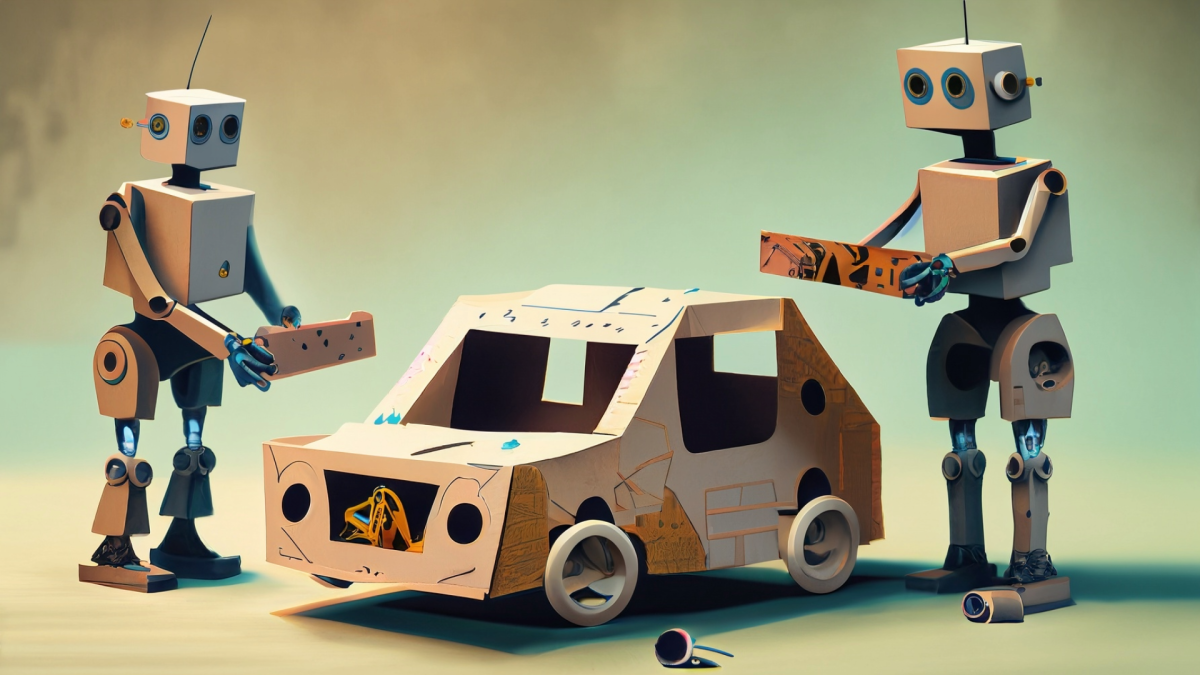
Featured
Design a Course with Friction
Grades:
6th Grade, 7th Grade
In the second part of this lesson, students will now test how friction can change the speed of a RC car. Students will first test the RC car on three different surfaces of their choice and time them

Grades:
6th Grade, 7th Grade
In this part one of two lessons, students will test the pull force of a RC car on three different surfaces. Students will learn about friction in a hands-on activity and practice calculating the mean

Grades:
9th Grade, 10th Grade
In this hands-on lesson, students will obtain, evaluate and communicate data to explain the relationship between cellular respiration and the body systems used in exercise.


